In partnership with the University of Arizona, the first flight test of FreeFall’s advanced steerable antenna system is underway in New Mexico. The flight lifted off this morning on the new NASA 60 million cubic foot balloon.
It can reach an altitude of 150,000-160,000 feet in the air as we study the antenna capabilities.
This is a key step in demonstrating FreeFall’s spherical reflector and beam steering technology and a giant leap toward eventual spaceflight.
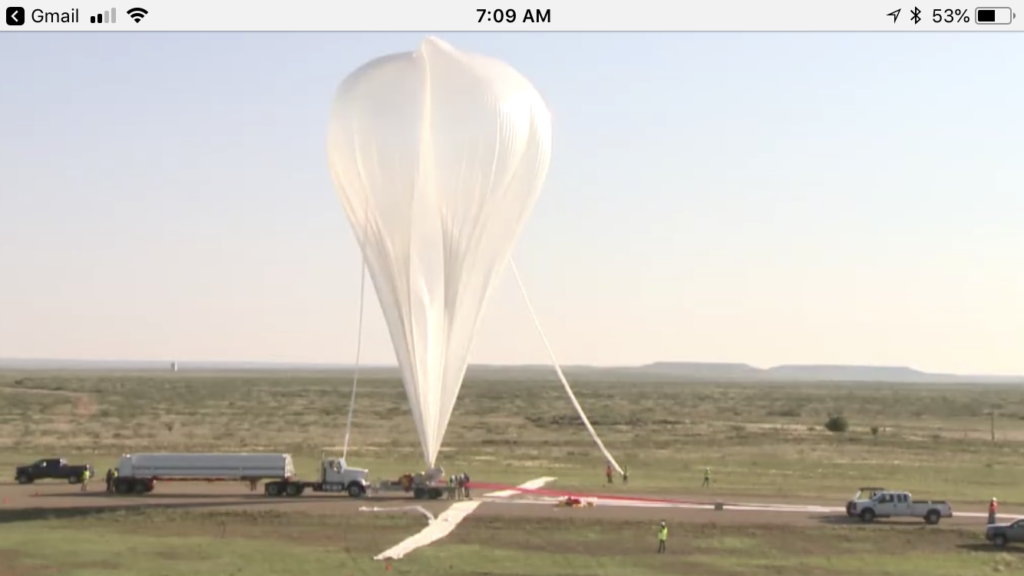
NASA’s new 60 million cubic foot balloon with FreeFall Antenna Technology

FreeFall’s Spherical Reflector and Antenna and the All-Sky Antenna are being tested on this large payload
Watch the NASA balloon with FreeFall antennas launch in 20 seconds!
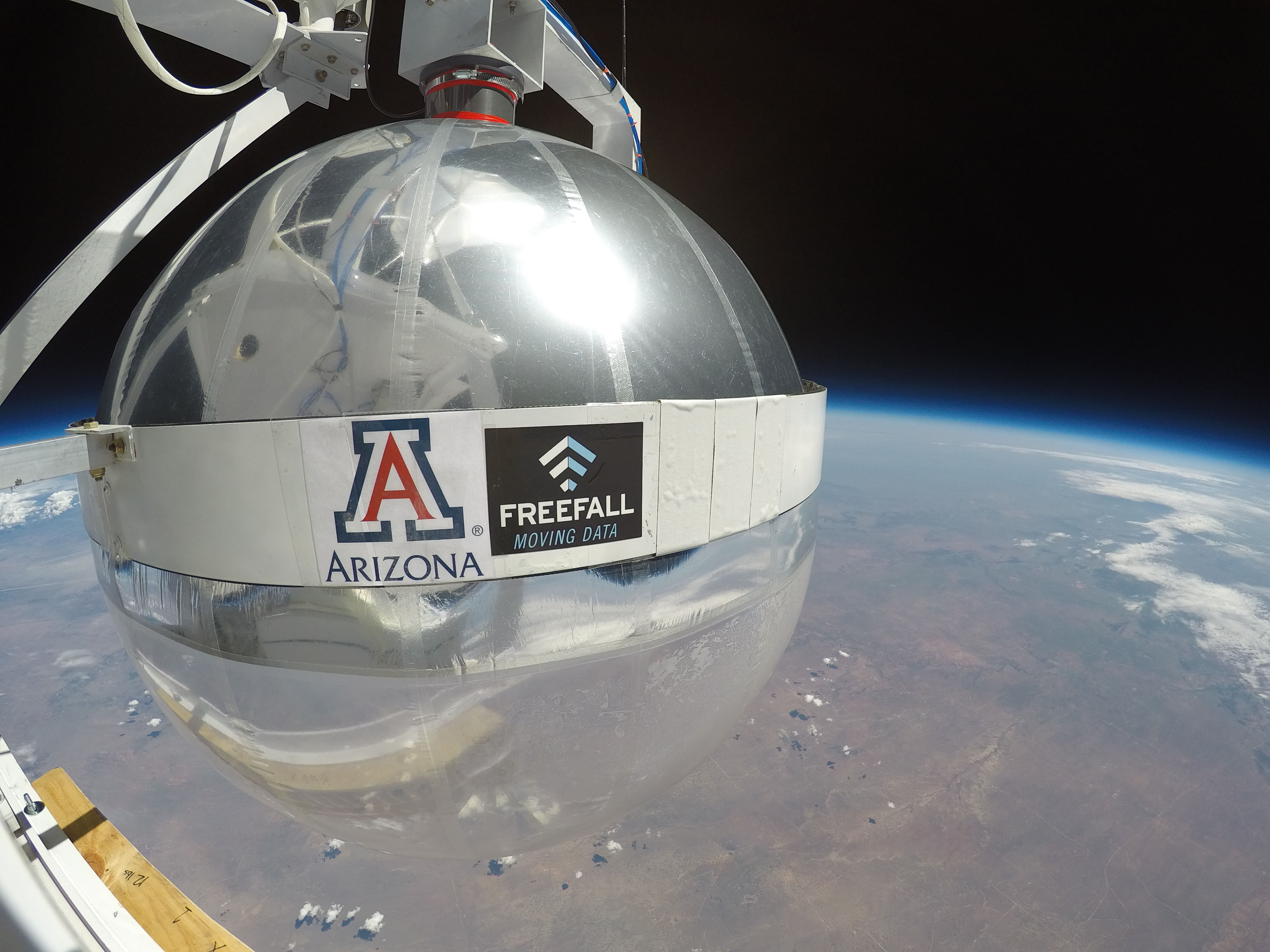
Spherical Reflector vs Parabolic Reflector
FreeFall’s antenna technology is unique because it is using a spherical reflector. In the past, antennas always used a parabolic antenna. A parabolic antenna focuses energy to a “single point” – while a spherical antenna focuses energy to a “focal line”. Parabolic antennas are symmetric about only one axis which severely limits field of view. It also requires precise pointing for high gain and has more complex packaging, deployment and on-orbit operations.
The spherical antenna provides a wider field of view for antennas and high gain without re-pointing of an antenna. Combining a spherical antennas with inflatables is the key to achieving a large aperture in a simple lightweight system.
Future for FreeFall’s Inflatable Spherical Reflector
This spherical antennas coupled with electronic steering is the future of portable ground stations, remote sensing a spacecraft applications. It’s lightweight, highly portable and is easily deployable will allow of high-gain communications anywhere at anytime.
Stay tuned for more details and connect with us on FreeFall’s Twitter for more updates.

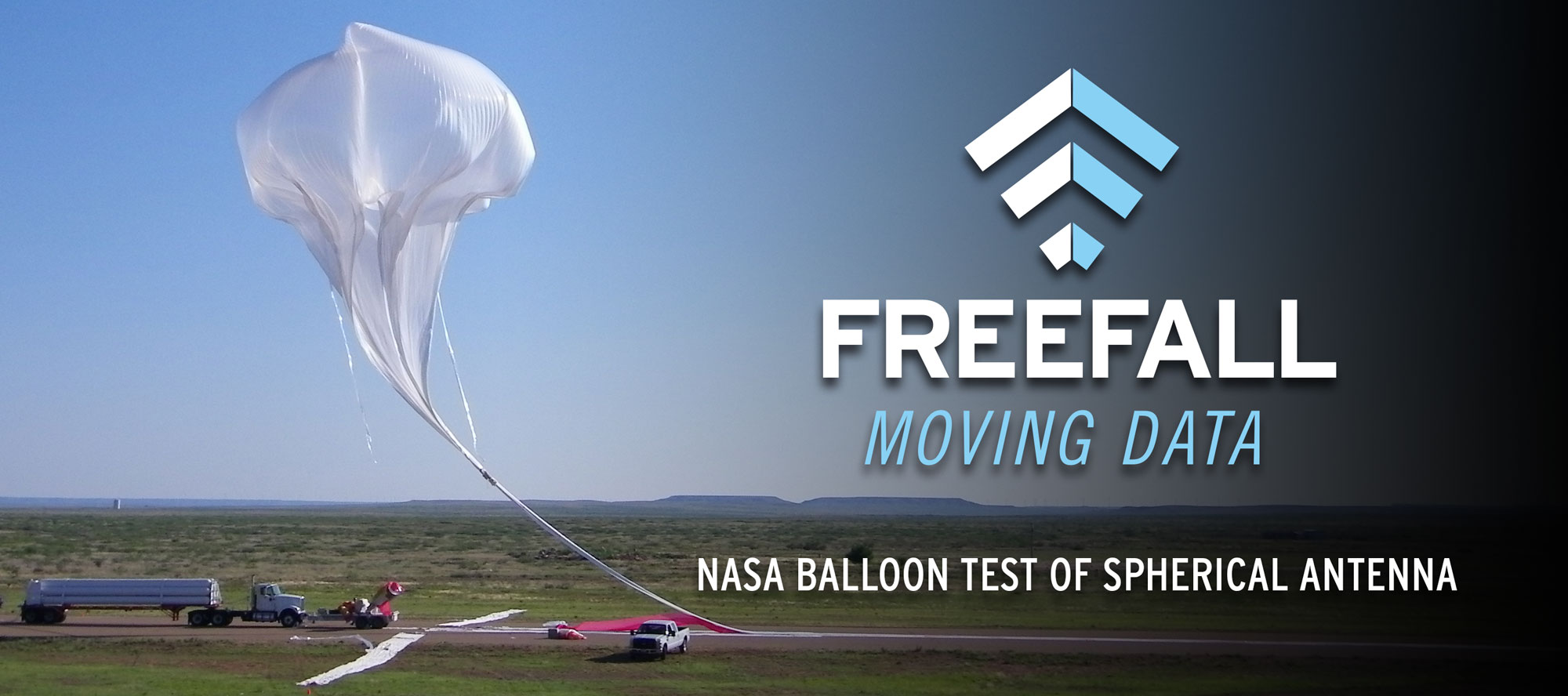
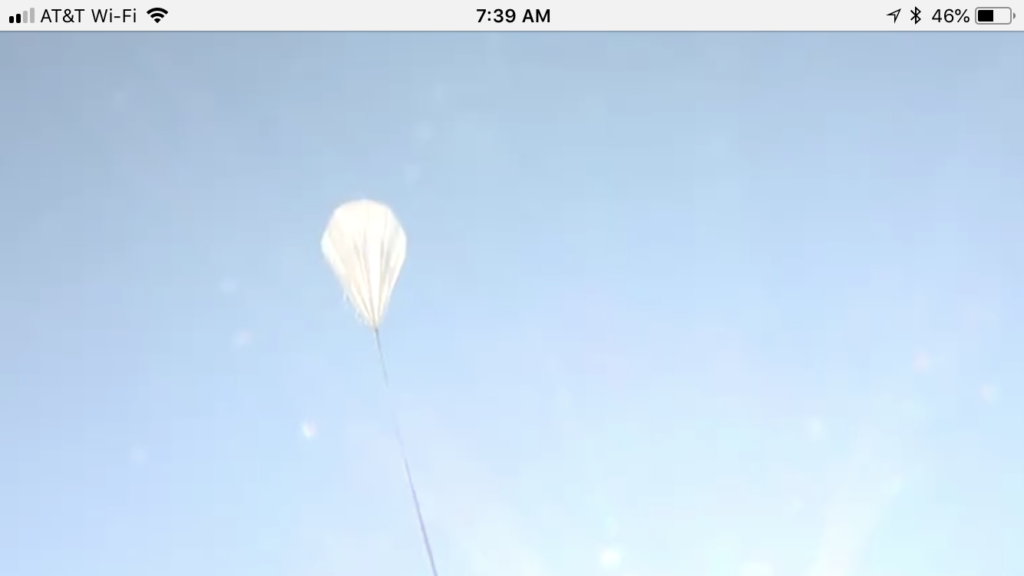
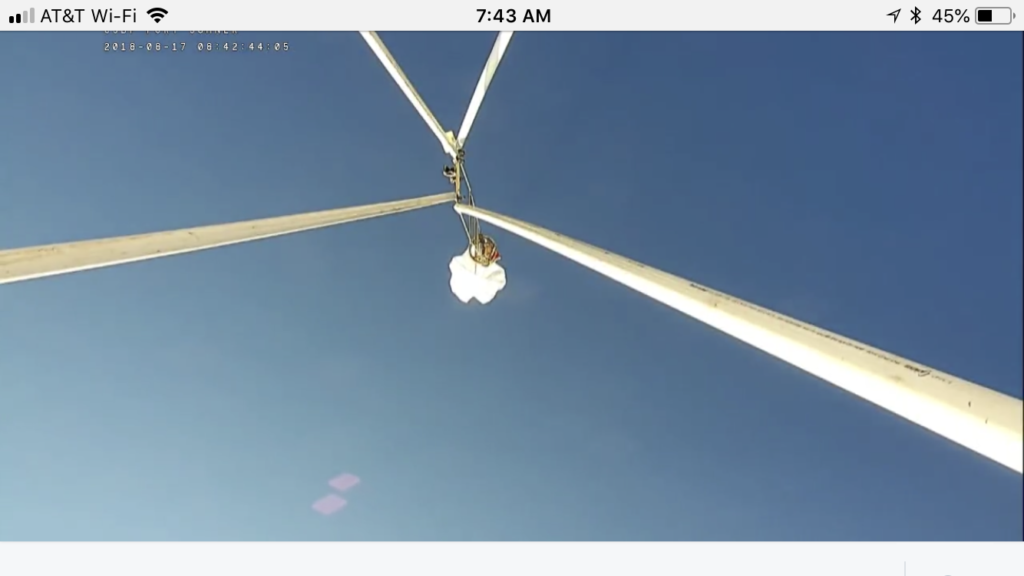

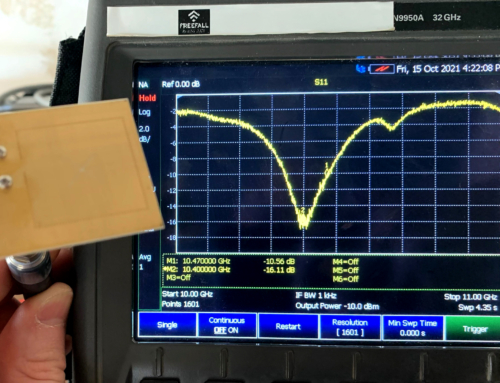
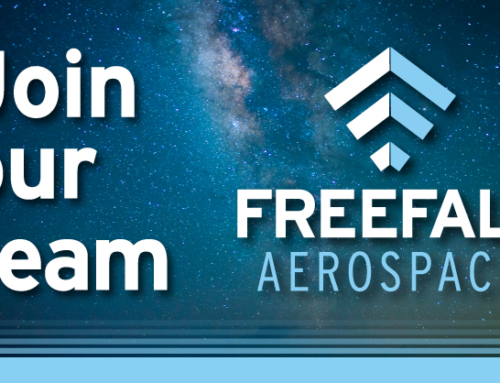
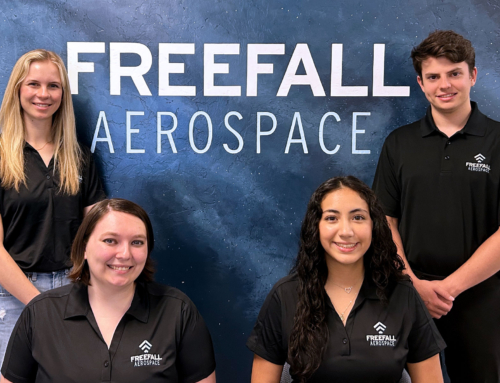
Leave A Comment